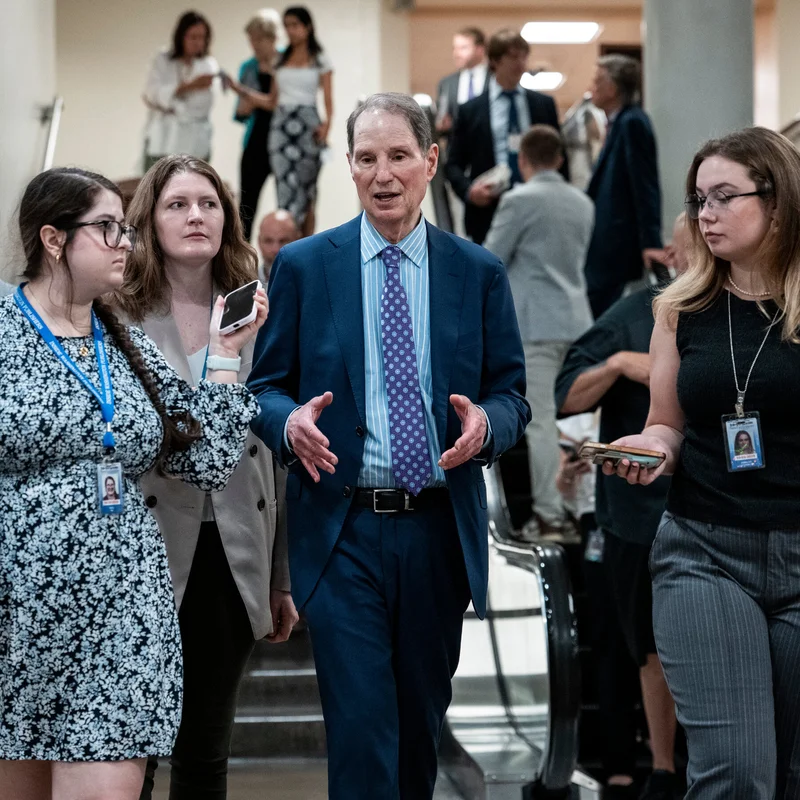Table of Contents
- Why Money Market Funds Remain Popular
- The Impact of Fed Rate Cuts
- How They Stack Up Against Alternatives
- What’s Next for Money Market Funds?
- Sources
Why Money Market Funds Remain Popular
Even as interest rates fall, money market funds continue to draw billions in new investments. At first glance, this trend seems counterintuitive—why pour money into accounts that are paying less? But dig deeper, and the logic becomes clear.
Money market funds offer a rare blend of safety, liquidity, and still-decent yields. While they no longer pay the eye-popping 5%+ returns seen in 2024, many top-tier funds are still yielding just over 4% annually. For conservative investors or those waiting on the sidelines for better stock or bond opportunities, that’s a compelling deal.
The Impact of Fed Rate Cuts
On Wednesday, the Federal Reserve announced another quarter-point cut to short-term interest rates—the latest in a series of reductions that began over a year ago. This move will inevitably lower the returns on money market funds in the coming weeks.
Yet, investor enthusiasm hasn’t waned. According to Peter G. Crane of Crane Data, a leading authority on money market instruments, inflows are expected to hit $100 billion per month through the end of 2025.
“That’s very likely to happen, even though rates are going lower,” Crane said in a recent interview. Assets in money market funds are projected to climb from $7.8 trillion to $8 trillion by December 31, 2025.
How They Stack Up Against Alternatives
When compared to other cash-like options, money market funds stand out:
| Investment Option | Average Yield (Late 2025) | Liquidity | Risk Level |
|---|---|---|---|
| Money Market Funds | ~4.0% | High | Very Low |
| Savings Accounts | 1.5% – 3.0% | High | Very Low |
| Short-Term Bonds | 3.5% – 4.2% | Medium | Low |
| Certificates of Deposit (CDs) | 3.0% – 4.0% | Low (early withdrawal penalties) | Very Low |
As the table shows, money market funds offer competitive yields without locking up capital or exposing investors to market volatility.
What’s Next for Money Market Funds?
With the Fed signaling a dovish stance for the foreseeable future, yields will likely drift lower. But that doesn’t mean the appeal of money market funds will vanish overnight.
For one, they serve as a strategic parking spot for cash during uncertain markets. Second, their operational convenience—easy transfers, check-writing privileges in some cases, and seamless integration with brokerage accounts—makes them a practical choice for both retail and institutional investors.
Moreover, in a world where [INTERNAL_LINK:interest-rates] remain unpredictable and stock valuations feel stretched, the “boring” money market fund suddenly looks like a smart, defensive play.




